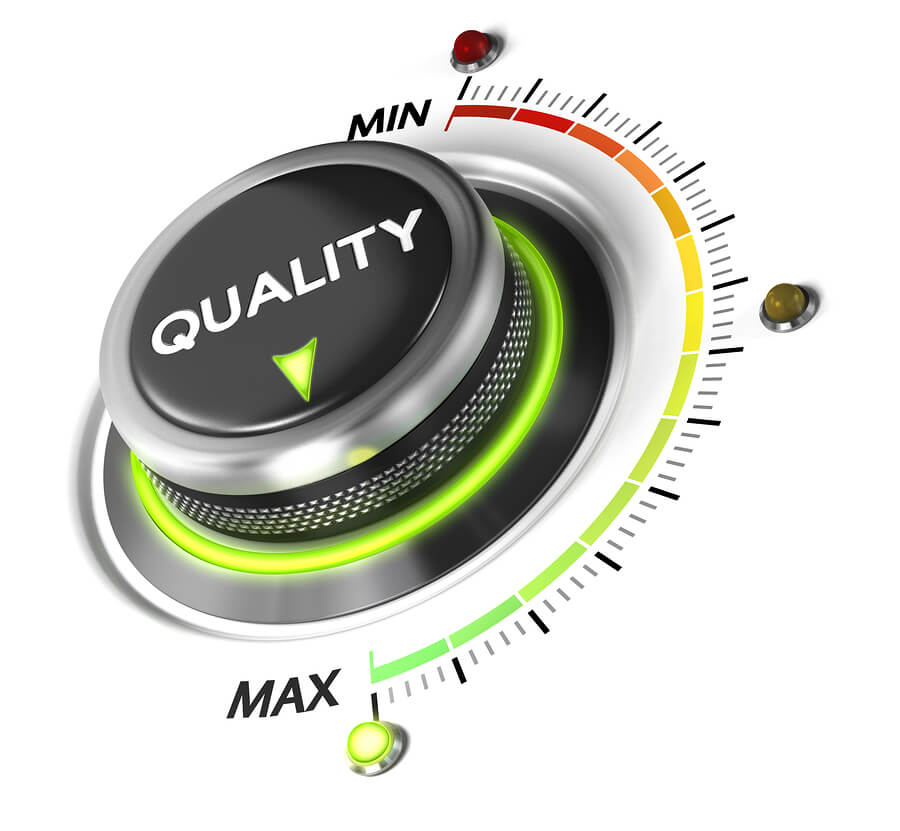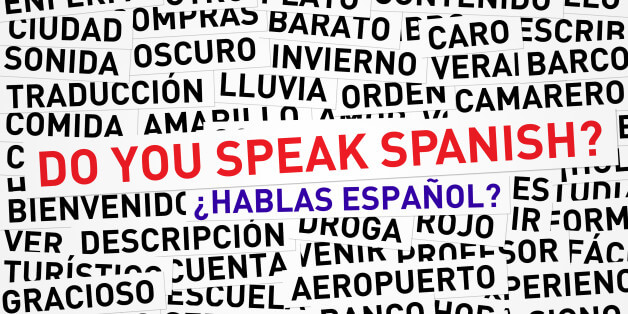International students are attracted to Australia because of the first-class tertiary courses available. International students in Australia may spend 6 months, a year, or several years in the country and may work part-time to help pay for the cost of accommodation and food. International students will find that Australia is not an easy place to get around by public transport, so after a time will often rent or buy a car to get around. Students in Australia can use their license for a limited period, but must then pass a driving license test and acquire a state or territory driving license.
Why Do International Students Need Driver’s License Translation?
Not all international driving licenses need to be translated, as many students can acquire an international driving license, which is a version of their national driving license, printed in several major languages, including English. If they do not have an English language or international driving license, then Australian laws state that their driving license must be translated into English before it is valid.
Understanding Australian Driving Regulations
Anyone who intends to drive on public roads and highways in Australia must have a valid, current driving license and be over 17 years of age. As long as you have a valid national license of your own, then this can be used for 6 months while in Australia before converting it into a state or territory license. One of the peculiarities of Australia is that each state and territory has slightly different rules about driving and issues different driving licenses. They all permit international visitors, including international students, to drive for 6 months before having to acquire an Australian license.
Necessity of a Valid License for Driving in Australia
It’s wise to take Australian road rules, car roadworthiness, and driving license requirements while in Australia seriously. There are penalties imposed on anyone who disregards road rules, drives or owns an unregistered vehicle, drives a vehicle that is considered ‘unroadworthy,’ or drives without a driving license. Driving without a license includes driving on a foreign driving license that is not in English or an international license after having already lived in Australia for 6 months.
Fines are administered by state and territory transport departments and can be several hundred or more than a thousand dollars, so it is worth knowing the driving rules wherever you are a student in Australia and making sure you are compliant.
Language Barriers Faced by International Students
The nationality of international students in Australia is eclectic. Some use English as a first or second language, while others struggle with English and may even be in Australia to learn better English. It is this latter group who has to be particularly careful if they intend to drive in Australia as they need to understand the driving rules and of course, these are in English!
How to Get Your Driving License Translated
It is easy to get your driver’s license translated into English as several well-reputed translation agencies will do this for you for a small fee. It is important to remember that you must have your driving license translated by a certified translator while in Australia. Getting your friend or relative who speaks good English to translate your license for you won’t be acceptable. It is best to use a translation agency that is accredited by NAATI, the National Accreditation Authority for Translators and Interpreters.
Benefits of a NAATI Driver’s License Translation
The basic advantage of using a NAATI driver’s license translation is that there is certainty that it will be accepted by a state or territory transport department which oversees and processes driving licenses. NAATI is a respected accreditation authority as it has high standards and only offers accreditation to would-be translators who have gone through training and have passed exams in translation.
If you are an international student in Australia and are considering renting or buying a vehicle while you are here, make sure you get a state or territory driving license after 6 months of residency, and if you do use your driving license that an English translation is available if your license is not printed already in English. Using a NAATI translator means that your translated driving license is compliant.












